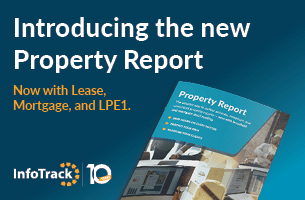The Legal Services Board (LSB) has urged the frontline regulators to keep a close eye on ‘price transparency’ among lawyers in the wake of a Legal Ombudsman (LeO) report that said a quarter of complaints it received were triggered by a lack of clarity over fees.
In a letter formally responding to LeO, LSB chief executive Richard Moriarty said the oversight regulator agreed with the report’s conclusion that there were “challenges around a lack of transparency for a number of legal services funding models”.
He said the board was “particularly struck” by the findings over pricing and said copies of the report had been sent to the legal regulators to remind them to “monitor developments in the area of price transparency to ensure good consumer outcomes are secured”.
LeO prepared the report after being requested to do so by the LSB using a power in section 120 of the Legal Services Act 2007, and Mr Moriarty also used his letter to counter the veiled complaint from LeO that its systems were “designed primarily to resolve complaints and as such the primary purpose of these systems is not as a research tool”.
He advised LeO to consider its “wider plans for using the unique vantage point that ombudsman has to capture and feed back insights” to lawyers, consumers and the broader legal services community.
Mr Moriarty added that he would be happy to work with LeO to establish how its systems could meet this purpose and fulfil the goal, set out in its draft strategic plan, to “disseminate what we have learnt more widely”.
He urged the ombudsman to use improvements to its data capture system to provide more detailed reports in future, such as breaking down figures by the nature of the legal services provider, whether the service was provided online, and the size and type of firm.
Mr Moriarty said it would be helpful if future reports could also feature “greater contextual information”, such as relating the scale of issues to their incidence in the underlying population, rather than “quoting absolute figures alone”.

















Leave a Comment